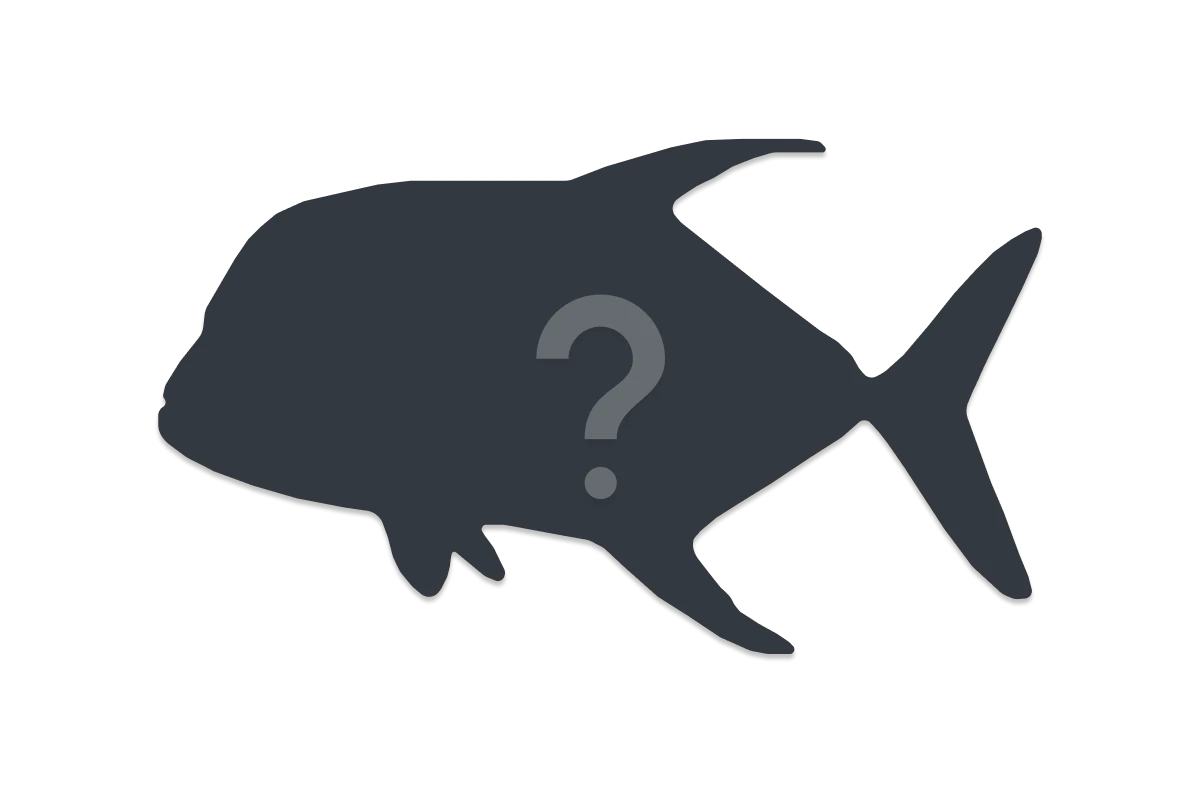Carcharhinus brachyurus
Bronze WhalerSimilar Species
Same Genus
Distribution
Temperate Australasia
Description
Torpedo-shaped body with large first dorsal fin and small second dorsal and anal fins. It has a general appearance similar to other more tropical whaler sharks, but can usually be identified by its bronze upper colouration on live specimens and the lack of a ridge of skin running between the dorsal fins. The species is, however, often confused with the black whaler Carcharhinus obscurus, a second whaler shark found in southern Australian waters. The black whaler has black or white tips to the pectoral fins and a more rounded tip to the dorsal fin. Both temperate whalers are potentially dangerous and have a liking for speared fish, but more often the bronze whaler feeds on schooling pelagic fishes such as Australian salmon, and the black whaler feeds on bottom-dwelling animals.
Information
Max Size: 325 cm
Sea Temperature Range: 15.1-26.2°C
Depth: 0-100m
Habitat Generalization Index: N/A
Also referred to as the SGI (Species Generalisation Index), this describes the habitat niche breadth of the species. Species with values less than 15 are found in a relatively narrow range of reef habitat types (specialists), while those over 25 may be found on most hard substrates within their range (generalists). Learn more here.
Conservation and Rarity
IUCN Status: Near Threatened
Occurrence: Infrequent (2.0% of sites)
Occurrence describes how often the species is found on surveys within its distribution. It is calculated as the % of reef sites surveyed by RLS divers across all the ecoregions in which the species has been observed
Abundance: Solitary (1 per transect)
Abundance is calculated as the average number of individuals recorded per RLS transect, where present.
Edit by: GJ Edgar. 2008. Australian Marine Life. New Holland, Sydney









